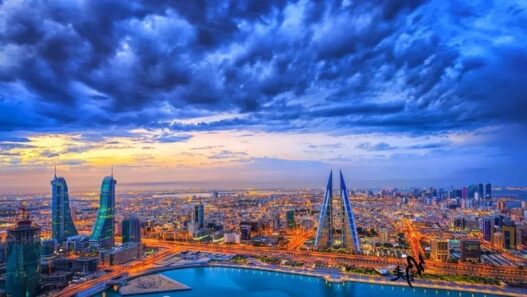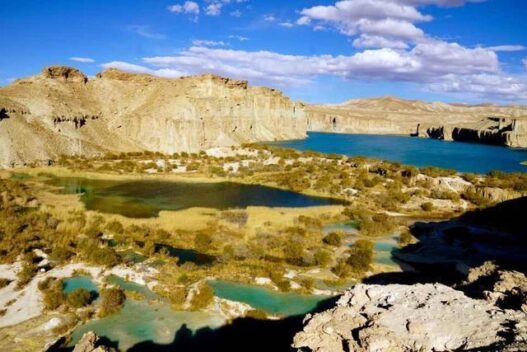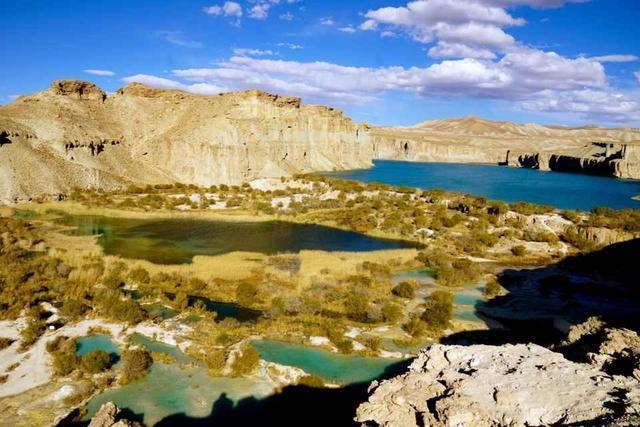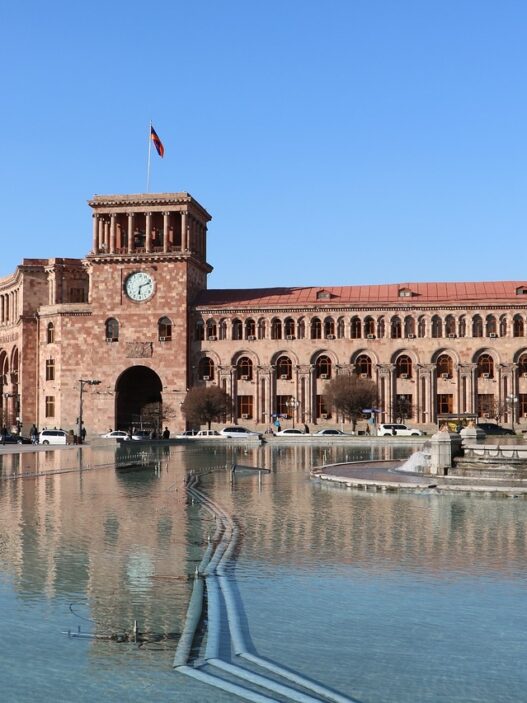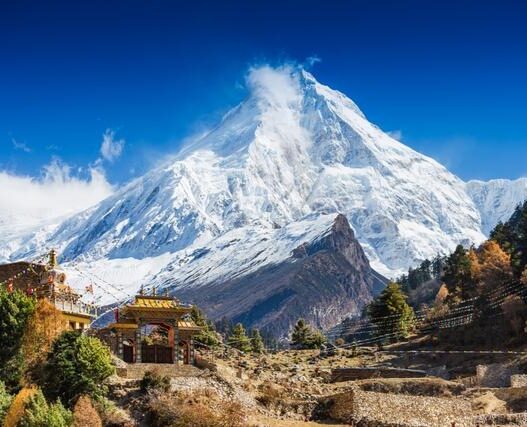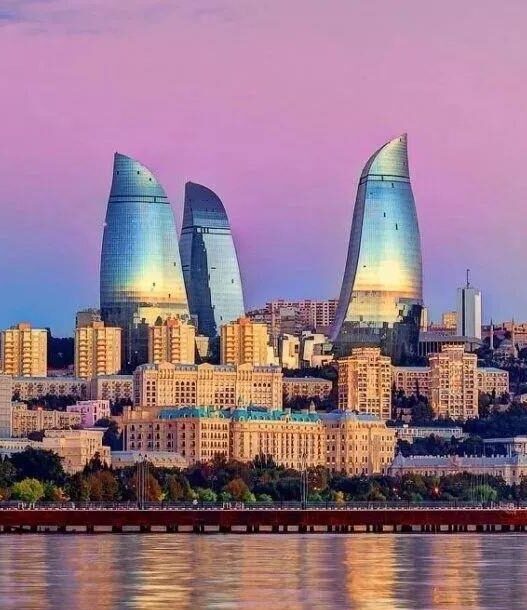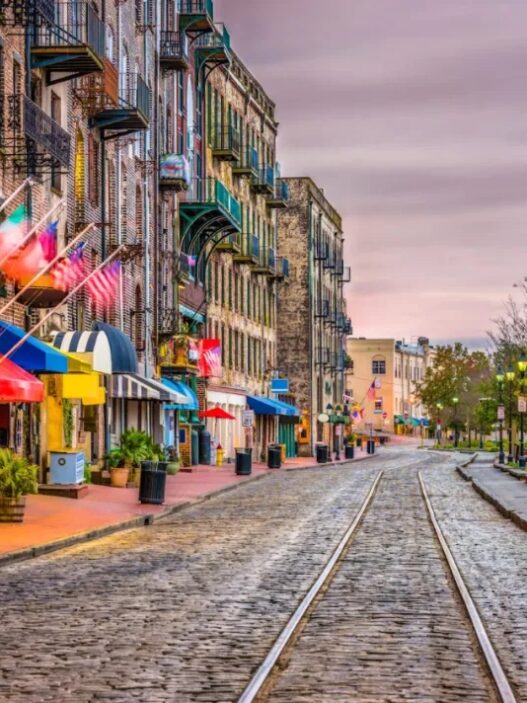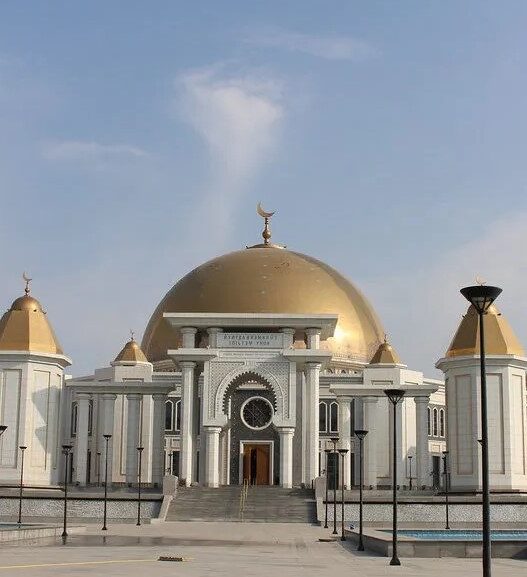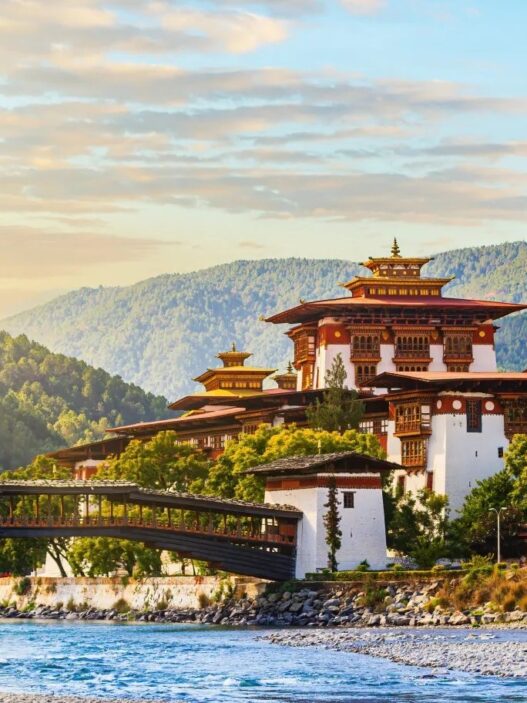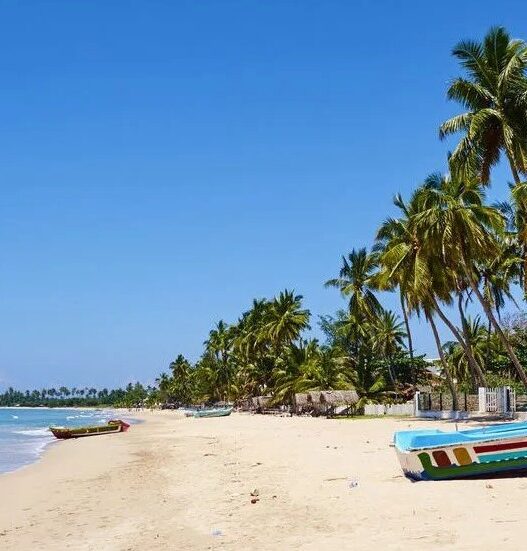Known as the “Graveyard of Empires,” Afghanistan boasts a rich history and vibrant culture. Combining history, culture, and natural beauty, it offers a unique perspective on the world.
Must-Visit Attractions
Herat Friday Mosque (Masjid-e Jamia, Herat)
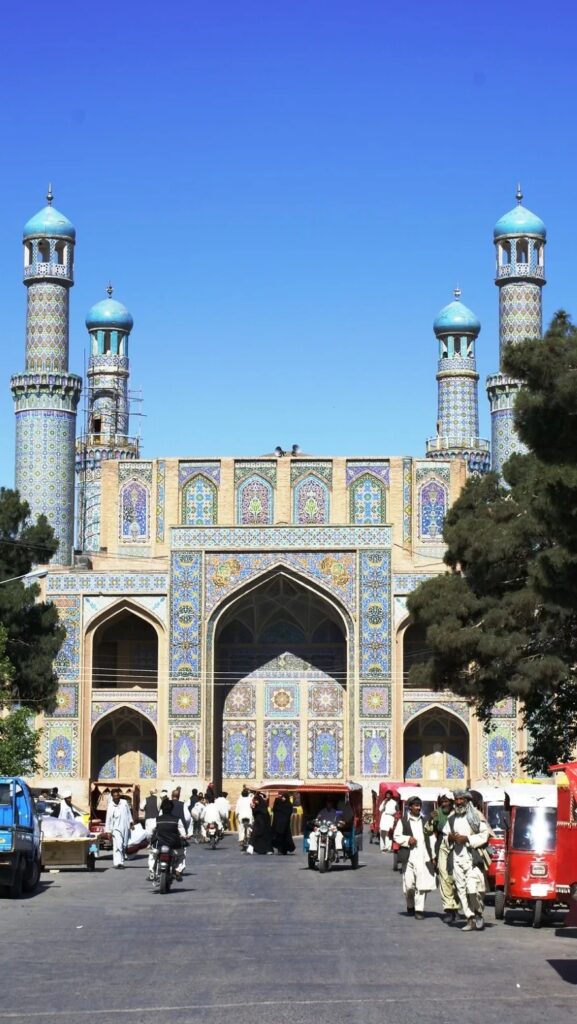
The Herat Friday Mosque is the largest mosque in Afghanistan and one of the largest in the world. With its spectacular and intricate exterior, blue-themed decorations, and eight towering minarets, it is one of the most beautiful examples of Islamic architecture in Afghanistan. Its mosaics and vivid colors are masterpieces of artistry, expressing reverence for Allah.
Buddhas of Bamiyan
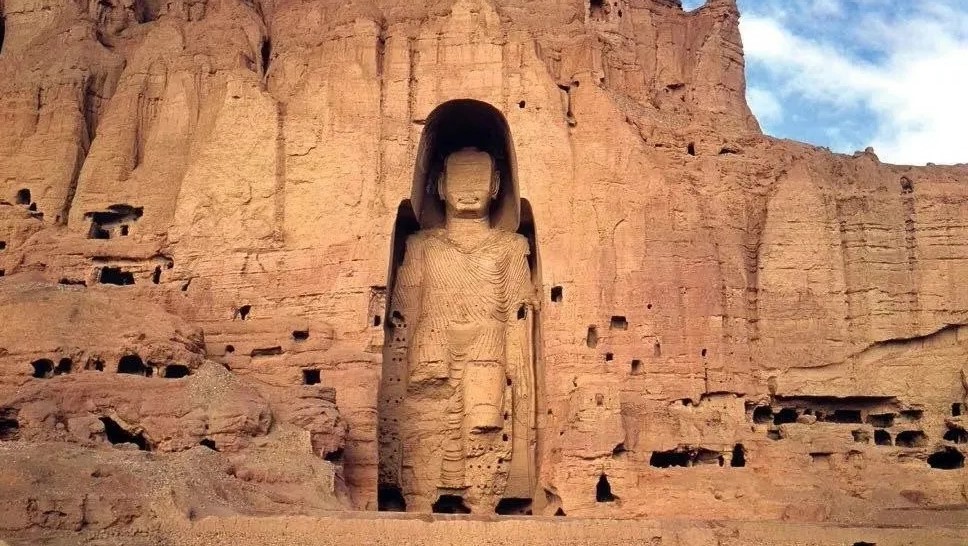
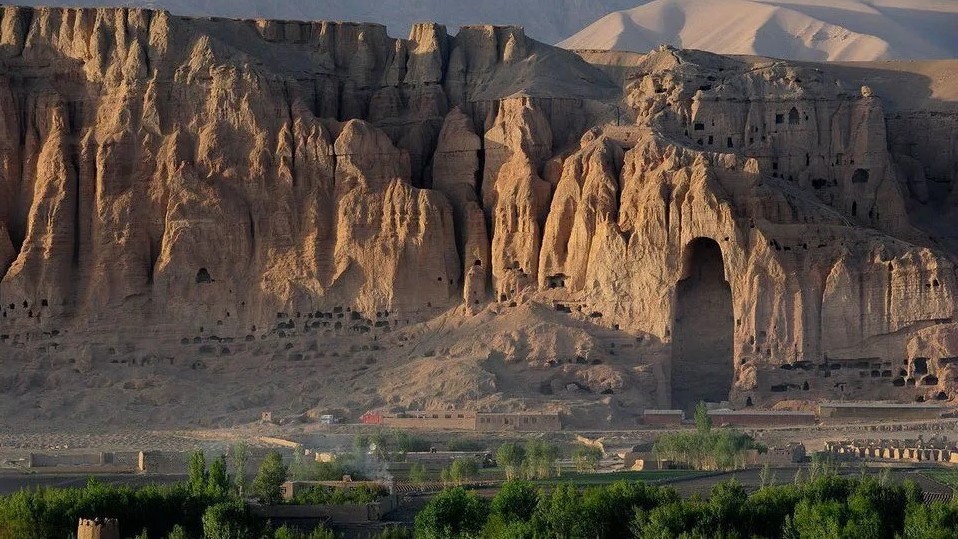
Located in the Bamiyan Valley of Bamiyan Province, these two monumental statues of standing Buddha are iconic relics of Hellenistic Buddhist art. The Eastern Buddha stands 37 meters tall, and the Western Buddha is 55 meters high, making them some of the largest standing Buddha statues in the world. Although significantly damaged, their outlines and features can still be recognized in the cliff recesses.
Shrine of Hazrat Ali (Blue Mosque)
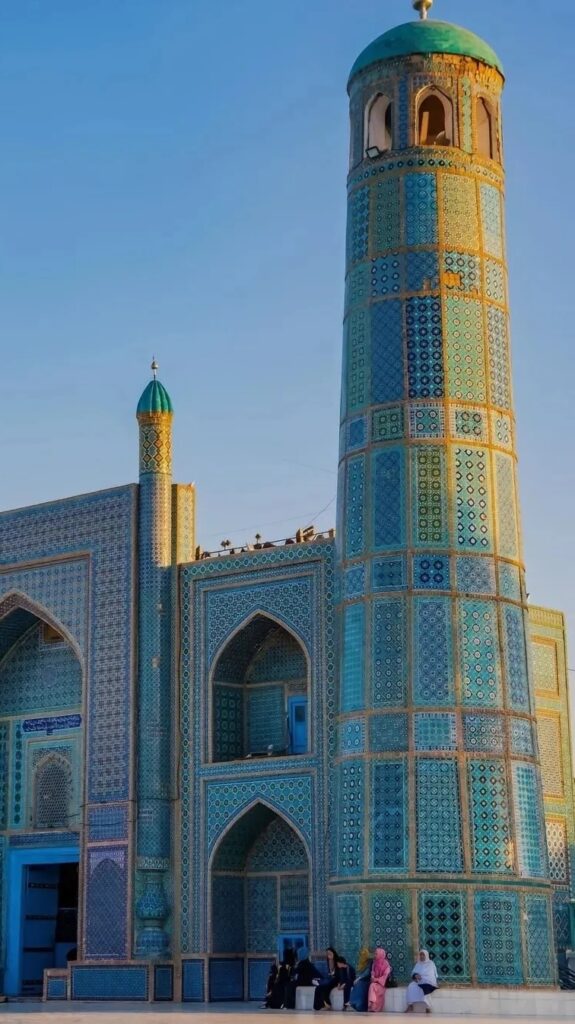
Situated in the city of Mazar-i-Sharif in Balkh Province, this renowned mosque is called the Blue Mosque due to its blue and green tiled façade. Its vibrant hues and striking beauty make it a significant landmark.
Herat Citadel
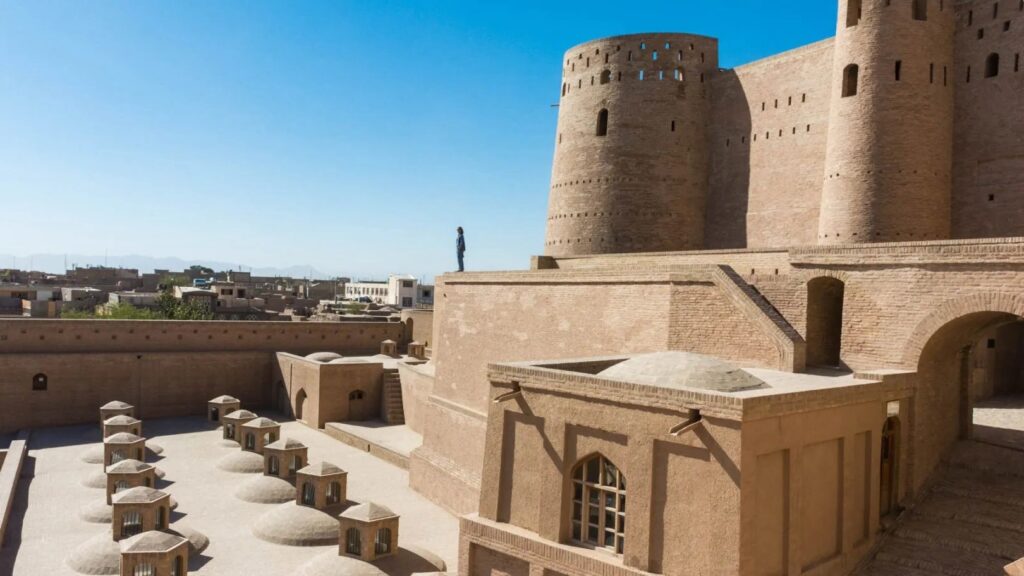
Located on a hill in the outskirts of Herat, the Herat Citadel is one of Afghanistan’s most famous historical landmarks. Built in 1221, it showcases traditional Iranian architectural styles infused with Mongolian, Persian, and Turkish elements.
Minaret of Jam
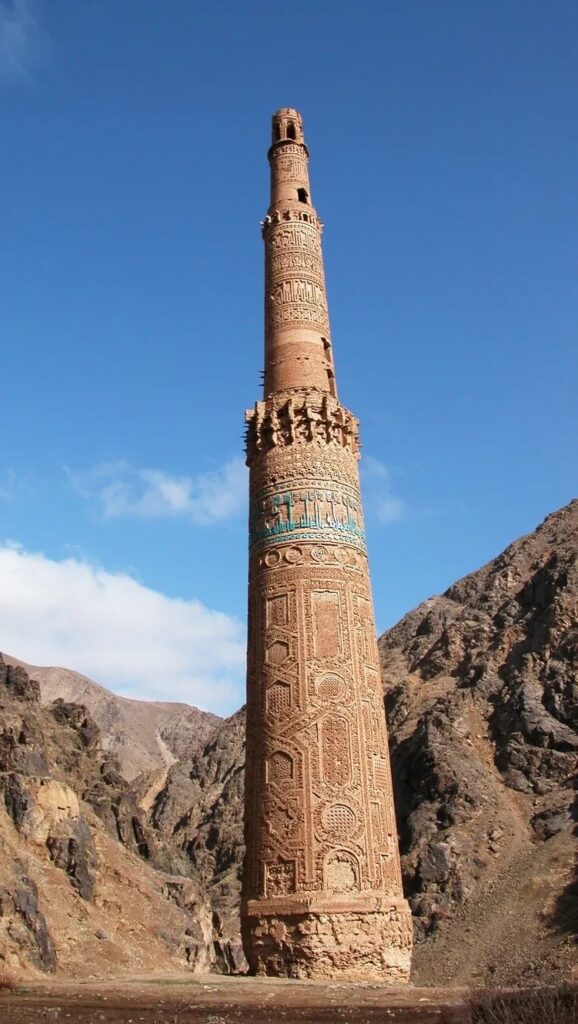
This 65-meter-tall masterpiece of Islamic architecture is located 215 km east of Herat. Built in 1194, its intricate brick carvings and geometric designs are perfect for photography. Nearby, visitors can explore the ruins of fortresses and watchtowers of the ancient Ghurid settlement.
The National Museum of Afghanistan
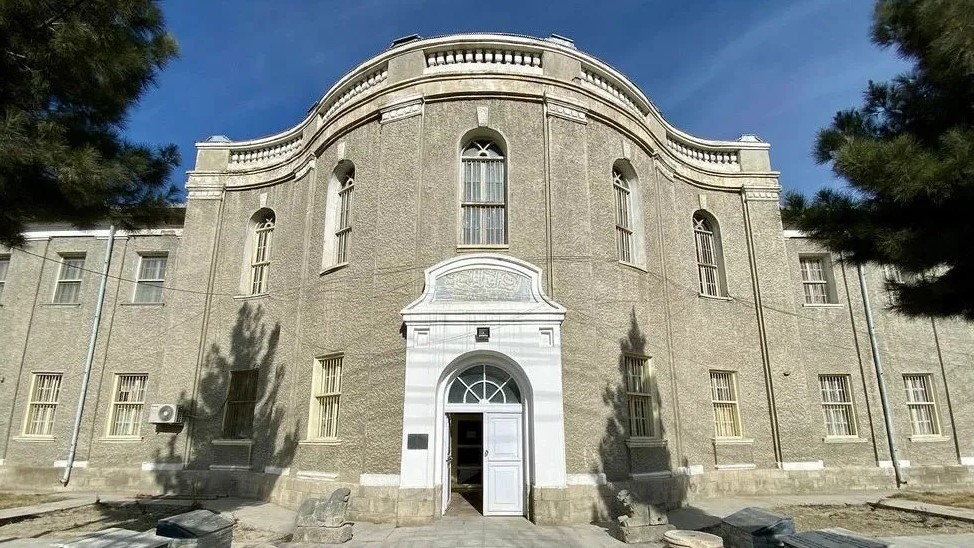
Located in Kabul, this two-story museum, built in 1919, features Western-style architecture and houses invaluable artifacts. Highlights include silver and bronze items from Farahrud, as well as columns and drainage systems from Ai-Khanoum.
Lake Band-e-Amir
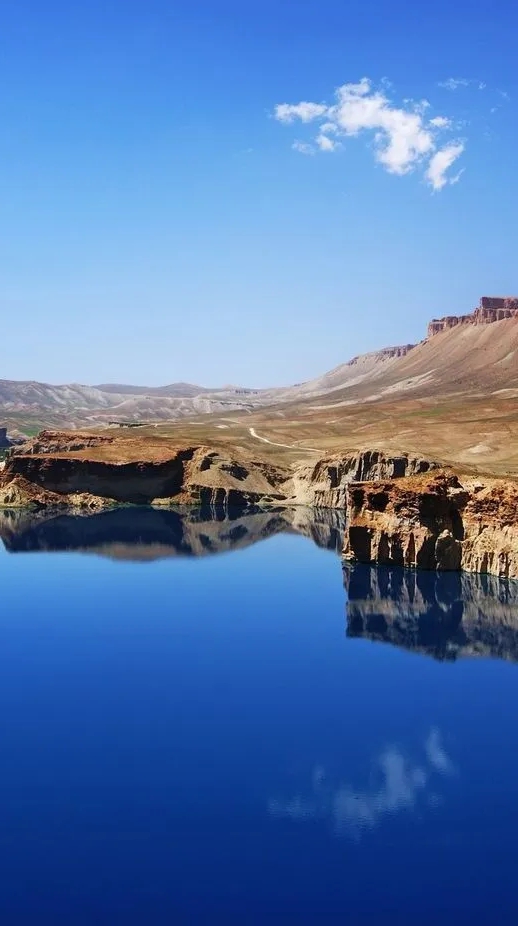
A picturesque natural lake surrounded by mountains, its crystal-clear waters reflect the stunning landscapes, creating a serene and poetic view.
Kabul Zoo
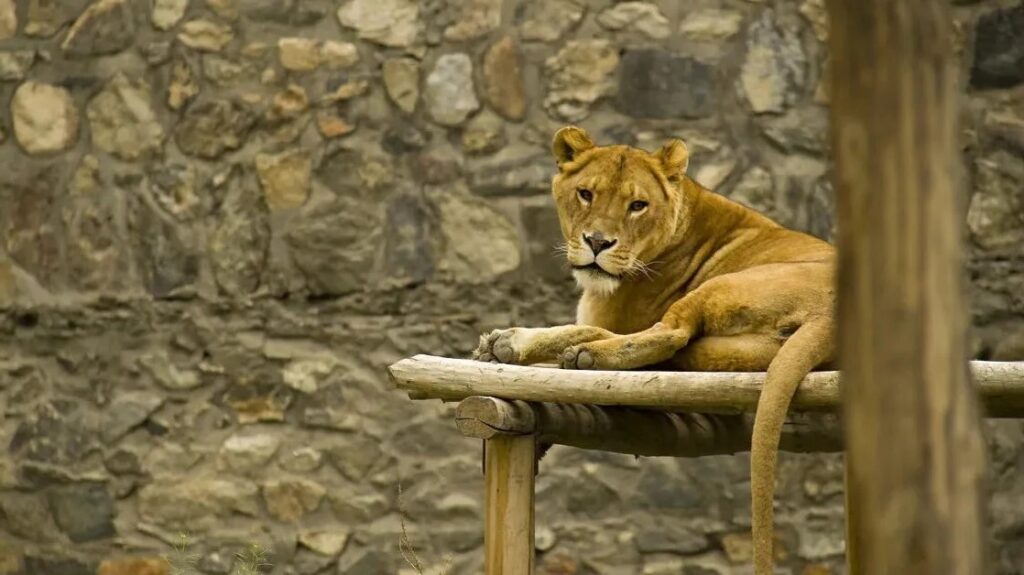
Located along the Kabul River, the Kabul Zoo was established in 1967 and initially housed native Afghan animals. It remains a rare recreational site in the country.
Must-Try Afghan Cuisine
Kebab (Kabul Lamb Skewers)
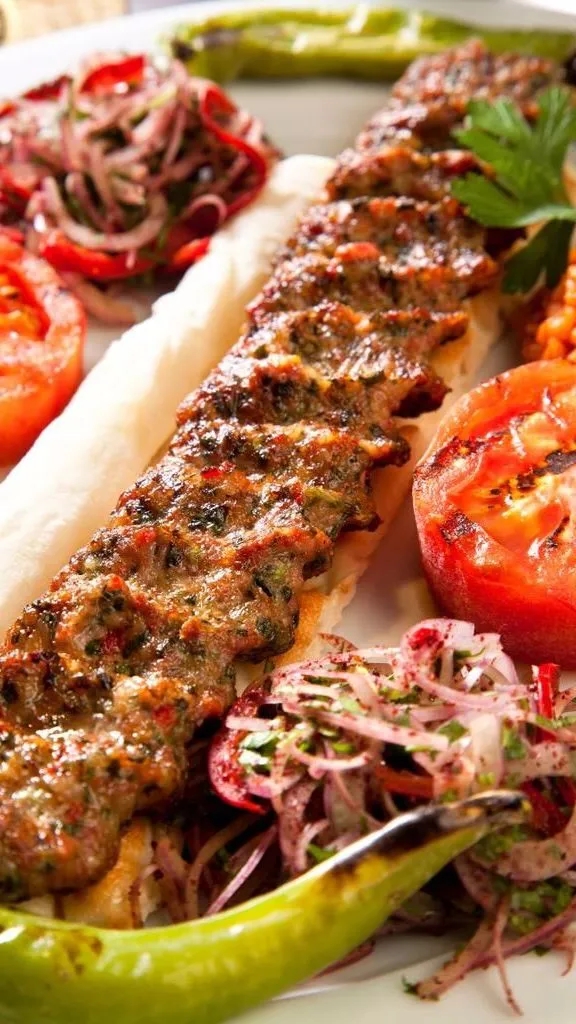
Made with high-quality lamb, these skewers are marinated to perfection and grilled over an open flame. The result is tender meat with a unique flavor, complemented by Afghan spices for an exceptional taste.
Kabuli Pulao

A traditional Afghan dish made from fragrant long-grain rice, lamb, carrots, and raisins. Its distinctive flavor and rich texture make it a must-try dish.
Shawarma

Similar to Turkish döner, this wrap is made with roasted lamb (or chicken/beef), vegetables, yogurt sauce, and flatbread, offering a juicy and flavorful experience.
Shami Kebab

A grilled or fried meat patty made from spiced lamb, offering a savory and delightful taste.
Bolani

A traditional stuffed flatbread typically filled with ingredients such as meat, vegetables, or lentils. Its crispy texture and rich flavor make it a popular Afghan snack.
Bolani Katchalu

A flatbread stuffed with spiced potatoes and seasonal vegetables, delivering a flavorful and hearty experience.
Best Travel Times
Climate
Afghanistan lies between 29°N and 37°N, featuring an arid and semi-arid climate. Winters are cold, while summers are hot. Summer temperatures average above 33°C (91°F), while winter temperatures average around 10°C (50°F). High-altitude areas remain cold year-round, with summer temperatures rarely exceeding 15°C (59°F) and winter temperatures dropping below 0°C (32°F). Annual rainfall ranges from 100–300 mm in most regions, with some areas receiving up to 800 mm. Rainfall peaks in March, while September is the driest month.
Best Seasons
The best times to visit Afghanistan are spring and autumn, especially September to October.
Spring
Temperatures are moderate, though remnants of winter’s chill may linger, so travelers should dress warmly.
Autumn
Autumn is the ideal season to visit Afghanistan, with dry weather and abundant fruits, offering travelers a rich and memorable experience.





